| Structure | Name/CAS No. | Articles |
|---|---|---|
 |
Cyclosporin A
CAS:59865-13-3 |
|
 |
α-Synuclein (61-95) (human) trifluoroacetate salt
CAS:154040-19-4 |
|
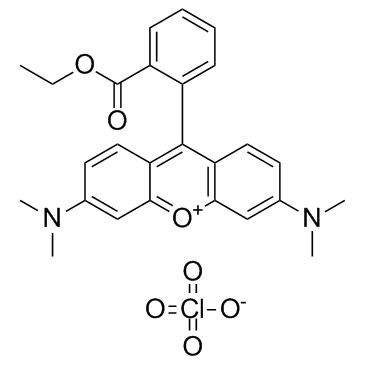 |
TMRE
CAS:115532-52-0 |
|
 |
Lithium chloride
CAS:7447-41-8 |
|
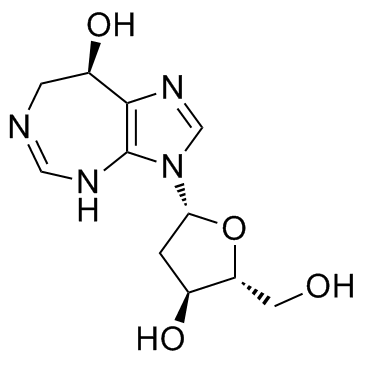 |
PENTOSTATIN
CAS:53910-25-1 |
|
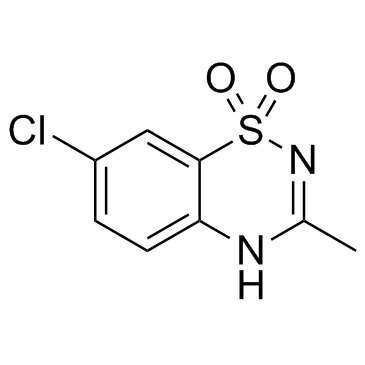 |
diazoxide
CAS:364-98-7 |
|
 |
3-Indoleacetic acid
CAS:87-51-4 |
|
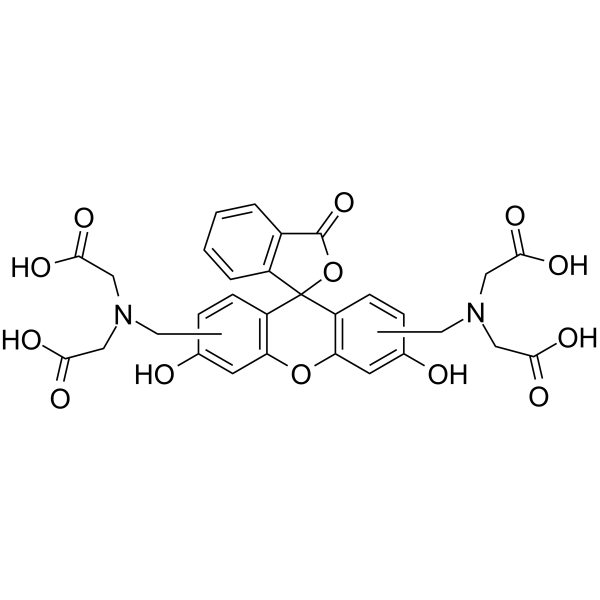 |
Calcein (mixture of isomers)
CAS:154071-48-4 |
|
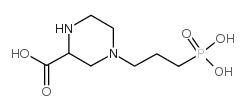 |
(+/-)-2-HYDROXYTRIDECANOICACID
CAS:100828-16-8 |
|
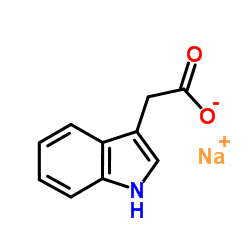 |
Sodium 1H-indol-3-ylacetate
CAS:6505-45-9 |